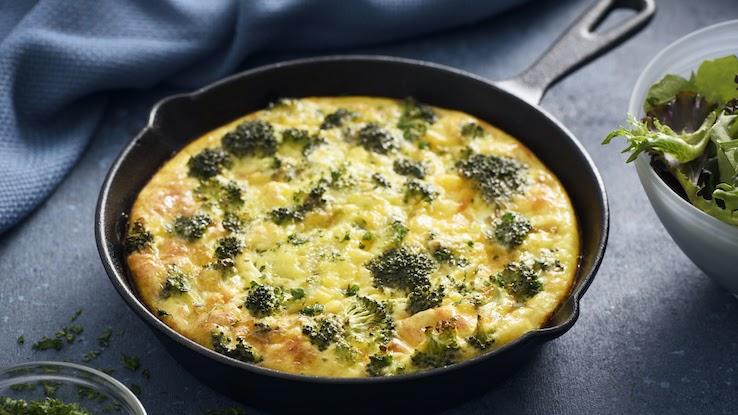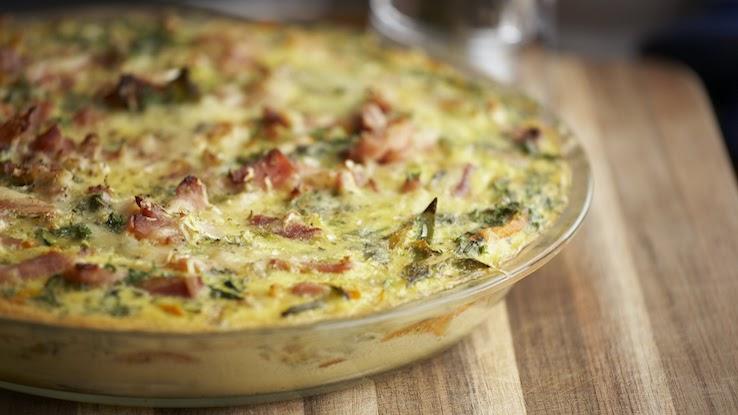Low Carb Diet Grams Of Protein Per Day
Along with fat and carbohydrates, protein is one of the three macronutrients ("macros") found in food, and it plays unique and important roles in the body.1 Here's a guide to everything you need to know about protein on a low-carb or keto lifestyle.
- What is protein?
- What does protein do in your body?
- Guidelines for individualized protein intake
- How much protein should I eat every day?
- Different experts' views on protein intake
- Does protein adversely affect blood sugar?
- The DD protein policy
What is protein?
Protein is made up of several smaller units called amino acids. Although your body is capable of making most of the 20 amino acids it needs, there are nine that it can't make. These are known as the essential amino acids, and they must be consumed in food on a daily basis.2
Animal protein is commonly referred to as "complete protein" because it contains all 9 essential amino acids, with an inference that plant proteins are therefore "incomplete". The reality is more nuanced. Animal protein sources do contain the essential amino acids in consistently high amounts. Plant proteins also contain each of the 9 essential amino acids but might have less of one of the essential amino acids compared to animal protein.3
Keto-friendly animal protein sources include meat, poultry, seafood, eggs and cheese.
Keto-friendly plant protein sources include tofu and soy-based products, as well as most nuts and seeds, although some are higher in carbs than others.
What does protein do in your body?
Protein is a major component of every cell in your body. After you eat protein, it is broken down into individual amino acids, which are incorporated into your muscles and other tissues.
These are just a few of protein's important functions:
- Muscle repair and growth. The protein in your muscles is normally broken down and rebuilt on a daily basis, and a fresh supply of amino acids is needed for muscle protein synthesis, the creation of new muscle. Consuming adequate dietary protein helps prevent muscle loss, and – when coupled with resistance training – promotes muscle growth.4
- Maintaining healthy skin, hair, nails, and bones as well as our internal organs. Although the protein turnover in these structures occurs more slowly than in muscle, new amino acids are required to replace those that become old and damaged over time.
- Creation of hormones and enzymes. Many of the hormones necessary for life – including insulin and growth hormone – are also proteins. Likewise, most enzymes in the human body are proteins. Your body depends on a continuous supply of amino acids to make these vital compounds.
In addition, both clinical experience and scientific studies suggest that getting enough protein can help make weight control easier. This might be because protein can reduce appetite and prevent overeating by triggering hormones that promote feelings of fullness and satisfaction.5 Your body also burns more calories digesting protein compared to fat or carbs.6
Finally, there is growing literature that increasing protein in the context of a low-carbohydrate diet lowers liver fat and blood glucose in the absence of any weight change.7 And protein can also limit the deposition of fat in the liver under obesigenic conditions such as overfeeding with fructose.8
Guidelines for individualized protein intake
Taking into account the different positions among keto and low-carb experts, we recommend a protein intake of 1.2 to 2.0 grams per kg of body weight for most people. Protein intake within this range has been shown to preserve muscle mass, improve body composition, and provide other health benefits in people who eat low-carb diets or higher-carb diets.9
If you're near your ideal body weight or very muscular, use your actual weight (in kilograms) to calculate your protein needs. Otherwise, you can use your height – and the chart below – to estimate how much protein you should aim to eat on most days.
Minimum daily protein target
| Height | Women | Men |
|---|---|---|
| Under 5'4″ ( < 163 cm) | 90 grams | 105 grams |
| 5'4″ to 5'7″ (163 to 170 cm) | 100 grams | 110 grams |
| 5'8″ to 5'10" (171 to 178 cm) | 110 grams | 120 grams |
| 5'11" to 6'2″ (179 to 188 cm) | 120 grams | 130 grams |
| Over 6'2″ (188 cm +) | 130 grams | 140 grams |
This chart represents about the middle of the range of 1.2 to 2.0 g/kg range. You can use the following guidance to customize your own protein intake.
Muscle protein synthesis declines from the third decade, and the rate of decline increases from age 60 years.10 International consensus guidelines recommend a protein intake for older adults of at least 1.0-1.2g/kg per day.11
To maximize your nutrition per calorie, we recommend you aim for the higher end of this range, between 1.6 g/kg and 2.0 g/kg. (The chart above represents around 1.6 g/kg.) In some cases, an even higher protein intake of more than 2.0 grams of protein per kg of body weight may be beneficial, at least temporarily.12 This would include people who are underweight or healing from illness, injury, or surgery.
On the other hand, individuals who follow keto diets for therapeutic purposes – for instance, for management of certain cancers – may want to aim for the lower end of the range, between 1.2 and 1.5 gram per kg of body weight per day.13 Importantly, this must be done under strict medical supervision.

Aim for at least 20 grams of protein at each meal
Research has suggested that your body needs about 20-30 grams of protein at each meal to ensure that amino acids get incorporated into your muscles.14 Therefore, it may be best to spread out your protein intake evenly among two or three feedings rather than consuming most of it at one meal – at least if you want to increase your muscle mass.
Can you eat too much protein in one meal? This is controversial, with surprisingly little research to answer the question. Two studies in 2009 showed that consuming 20 or 30 grams of protein at a meal maximally stimulate muscle growth.15
Adding more in a meal did not increase immediate muscle growth. Some have interpreted this to mean that anything above 30 grams in a single meal was "wasted." However, this isn't what the studies showed.
Since there are other potential benefits to protein intake beyond immediate muscle synthesis, these studies don't prove that the extra protein is "wasted."
In addition, how does eating just once or twice a day affect the way protein is used? Do low-carb diets change this? Since we don't have answers to these questions, at this time we don't recommend limiting protein to a maximum of 30 grams per meal.
Older people and children have increased protein needs
Growing children have a higher RDA for protein than adults (0.95g/kg vs 0.8g/kg), which empirically makes sense given the higher growth rate.16 Then as we become young adults, our protein needs aren't as high as children's relative to our height and body weight. But as we approach old age, our needs increase again.
Health organizations in the US, European, and most other countries recommend a minimum daily intake of 0.8 grams of protein per kilogram for all adults aged 19 and older.17
However, several experts in protein research believe that people over 65 need a minimum of 1.2 grams per kg daily to counteract muscle loss and other age-related changes.18
For example, in a study of older women, consuming more than 1.1 gram of protein per kg every day was linked to a decreased risk of frailty, a condition marked by weakness, loss of strength, and other changes that often occur during the aging process.19

Resistance training increases your protein requirements
People who engage in weight lifting, other forms of resistance training, and endurance-type exercise likely need more protein than people of the same height and weight who are sedentary.20
If you perform strength training, aim for a protein intake at or near the top of your range, especially if your goal is gaining muscle. A total protein intake of up to about 1.6 g/kg/day may help increase muscle mass.21
However, keep in mind that even with rigorous training, there is a limit to how quickly you can increase muscle mass, regardless of how much protein you consume.
How much protein should I eat every day?
Getting the right amount of protein needn't be complicated or stressful. Most of the time, you'll end up within your target range by simply eating an amount that is satisfying and paying attention to when you begin to feel full.
Here are the amounts of food you need to eat to get 20-25 grams of protein:
- 100 grams (3.5 ounces) of meat, poultry or fish (about the size of a deck of cards)
- 4 large eggs
- 240 grams (8 ounces) of plain Greek yogurt
- 210 grams (7 ounces) of cottage cheese
- 100 grams (3.5 ounces) of hard cheese (about the size of a fist)
- 100 grams (3.5 ounces) of almonds, peanuts, or pumpkin seeds (about the size of a fist)
Other nuts, seeds, and vegetables provide a small amount of protein, roughly 2-6 grams per average serving. You can see a more detailed list in our guide on the top 10 high-protein foods.
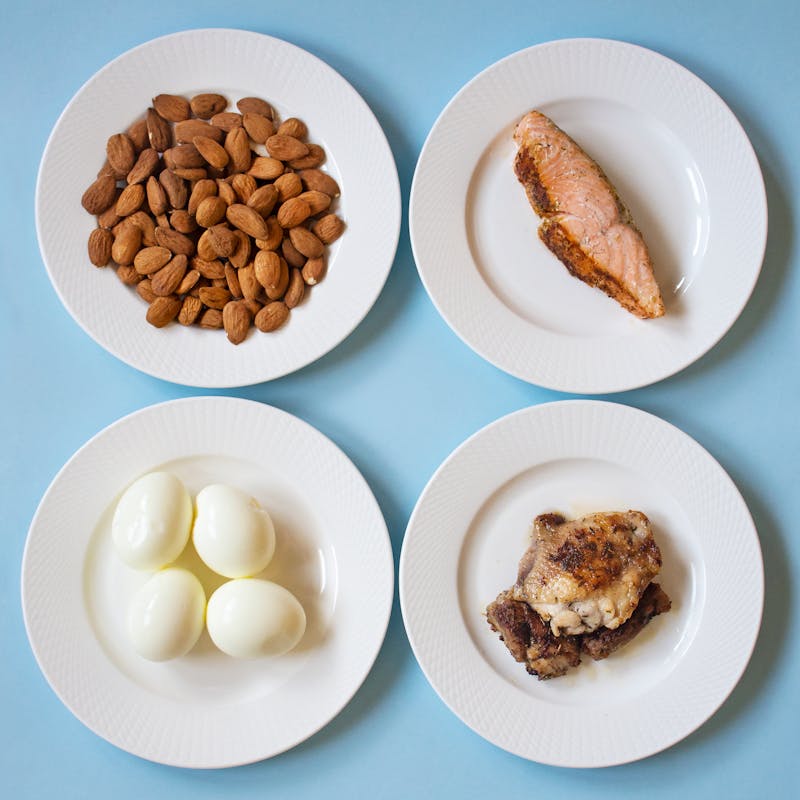
The image above shows 20 grams of protein in four different ways. Almonds, salmon, eggs and chicken thighs.
Below you'll find examples of three different levels of daily protein intake using the same foods:
About 70 grams of protein
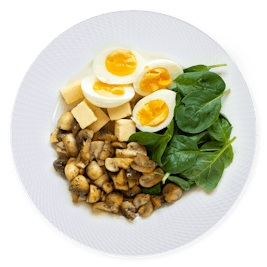
Breakfast
2 eggs
30 g (1 oz) cheese
Serving suggestion
1 cup mushrooms
1 cup spinach

Lunch
85 g (3 oz) salmon
Serving suggestion
2 cups mixed salad
½ avocado
2 tbsp olive oil

Dinner
100 g (3.5 oz) chicken
Serving suggestion
1 cup cauliflower
2 tbsp butter
About 100 grams of protein

Breakfast
3 eggs
30 g (1 oz) cheese
Serving suggestion
1 cup mushrooms
1 cup spinach
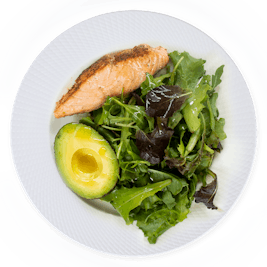
Lunch
130 g (4.5 oz) salmon
Serving suggestion
2 cups mixed salad
½ avocado
2 tbsp olive oil

Dinner
140 g (5 oz) chicken
Serving suggestion
1 cup cauliflower
2 tbsp butter
About 130 grams of protein
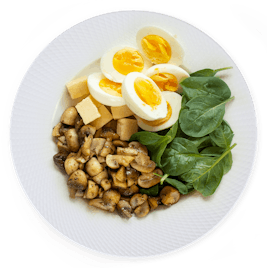
Breakfast
4 eggs
60 g (2 oz) cheese
Serving suggestion
1 cup mushrooms
1 cup spinach
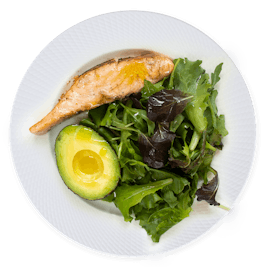
Lunch
150 g (5 oz) salmon
Serving suggestion
2 cups mixed salad
½ avocado
2 tbsp olive oil

Dinner
180 g (6 oz) chicken
Serving suggestion
1 cup cauliflower
2 tbsp butter
Tips for further personalization 22
- Adjust the protein portions up or down as needed, but don't be concerned about hitting an exact target. Remember, your ideal protein range is pretty broad, and you should feel completely free to vary the amount you eat by 30 grams – or even more – from day to day. If you are lower in protein one day, try to add extra the following day.
- If you're an intermittent faster, you may want to increase the protein portions at the two meals you eat somewhat. For instance, in the 70-gram example above, either eat larger portions of fish at lunch and chicken at dinner, or add hard-boiled eggs at lunch and have a piece of cheese after dinner.
- If you eat one meal per day (OMAD) it may be a challenge to get adequate protein intake. Consider eating OMAD a few times per week, with higher protein intake on the other days. Or, if you prefer the consistency of OMAD every day, consider eating within a 2-hour time window. That allows you to eat your meal and still have time to snack on nuts, cheese, or meats to increase your protein.
- Eat nuts and seeds at meals or as snacks. Keep in mind that they provide about 2-6 grams of protein per quarter cup or 30 grams (1 ounce). But beware, they contain some carbs and lots of fat calories, which can add up quickly. Therefore, being cautious with nut intake is a good idea for most people, especially if you're trying to lose weight.
Different experts' views on protein intake 23
If you're feeling overwhelmed or confused about how much protein you need on a keto or low-carb diet, you're not alone.
Protein intake can be a controversial topic in the low-carb world, and it's very common to find conflicting information about this online and in books, especially with the growing popularity of this lifestyle.
This is why we included our simple recommendations earlier in this guide, as a good guideline for most people. However, if you're interested in the different views among experts working in the field of low carb, read on for a summary.
One of the reasons is the lack of universal agreement among keto and low-carb experts about what's optimal when it comes to protein intake:
- Lower protein: Dr. Ron Rosedale recommends 1.0 gram of protein per kilogram (2.2 lbs) of lean mass on a keto diet to promote longevity. For a person who weighs 68 kg (150 lbs), this would be about 60-63 grams of protein per day, depending on body composition.
- Higher protein: At the other end of the spectrum, Dr. Ted Naiman advocates high protein intake for people who follow low carb or keto, especially those interested in weight loss. His recommendation is to consume 1 gram of protein per 1 lb of lean mass. For the same 68-kg (150-lbs) person above, this would be about 130-140 grams of protein daily – more than double the amount Dr. Rosedale advises.
- Moderate protein: Recommendations from most of the other experts fall somewhere in between these two. For instance, ketogenic researchers Drs. Steve Phinney and Jeff Volek recommend 1.5-1.75 grams of protein per kg of reference weight or "ideal" body weight for most individuals. For a 68-kg person, this is around 102-119 grams of protein per day.
Adding to the confusion, other doctors and scientists believe protein restriction is a key to longevity, and therefore we should aim for less protein than even the RDA suggests. The general concern is that protein promotes growth, and as we age we need to prevent abnormal growth, such as cancer cells or amyloid plaques in the brain.
While there is preliminary evidence in worms, rodents and other animals that protein restriction can promote longevity, data in humans — and specifically humans eating a low-carb diet — is lacking.24
Therefore, we feel it is too premature to draw any conclusions about the potential risks of consuming too much protein on a low-carb diet, especially given the risks of eating too little protein.
Does protein adversely affect blood sugar?
One of the arguments made in favor of keeping protein on the lower end is that higher intakes may increase blood sugar and insulin levels. This is an occasional anecdotal report from our members and others with diabetes. However, there appears to be a disconnect between anecdotes and published research.25
For instance, two studies showed that a diet with 30% of calories from protein improved glycemic control.26 In fairness, it was compared to a higher-carb diet, but nonetheless, the higher protein intake did not blunt the benefit of lowering carbs.
Protein has been shown to lower blood glucose in other studies of people with type 2 diabetes too.27 Protein may slightly increase insulin concentrations acutely, but high protein diets are not known to cause hyperinsulinemia (chronically high insulin levels).28 High protein in the context of a carbohydrate reduced diet may even lower fasting insulin levels.29 In fact, the acute rise in insulin after a meal is probably one of the reasons why protein helps keep blood sugar low.
One of the biggest concerns with a high protein diet is that the amino acids in protein get converted to glucose via gluconeogenesis. In fact, well-conducted physiological studies show that protein is not a meaningful contributor to blood glucose either in healthy people or people with type 2 diabetes.30 Even a meal with 50 grams of protein didn't cause a significant increase in blood sugar.31
At Diet Doctor, most of our keto recipes are moderate rather than high in protein.
If you find your blood glucose increases after eating a moderate-protein low-carb meal, first make sure it is doesn't contain any hidden carbs or sugars. If the meal is truly low carb, then you may want to temporarily decrease your protein intake to see if it makes a difference.
However, this should only be done for a short time, as getting adequate protein remains a long-term priority.
A final word on protein
When consuming meals that contain enough fat and non-starchy vegetables and are based on whole foods, most people will find it difficult to go overboard with protein. Our advice? Aim for a moderate amount (1.2-2.0g/kg/day), spread it out as best you can over 2-3 meals, and focus on healthy low-carb meals you enjoy!
Low Carb Diet Grams Of Protein Per Day
Source: https://www.dietdoctor.com/low-carb/protein
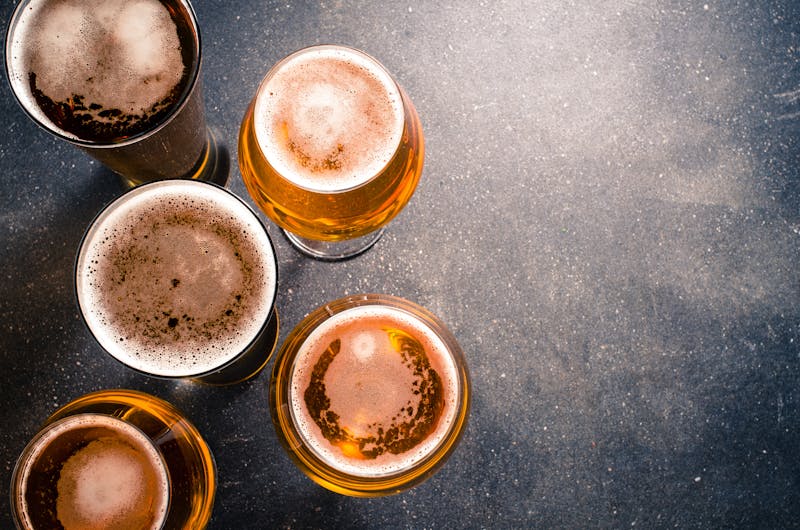



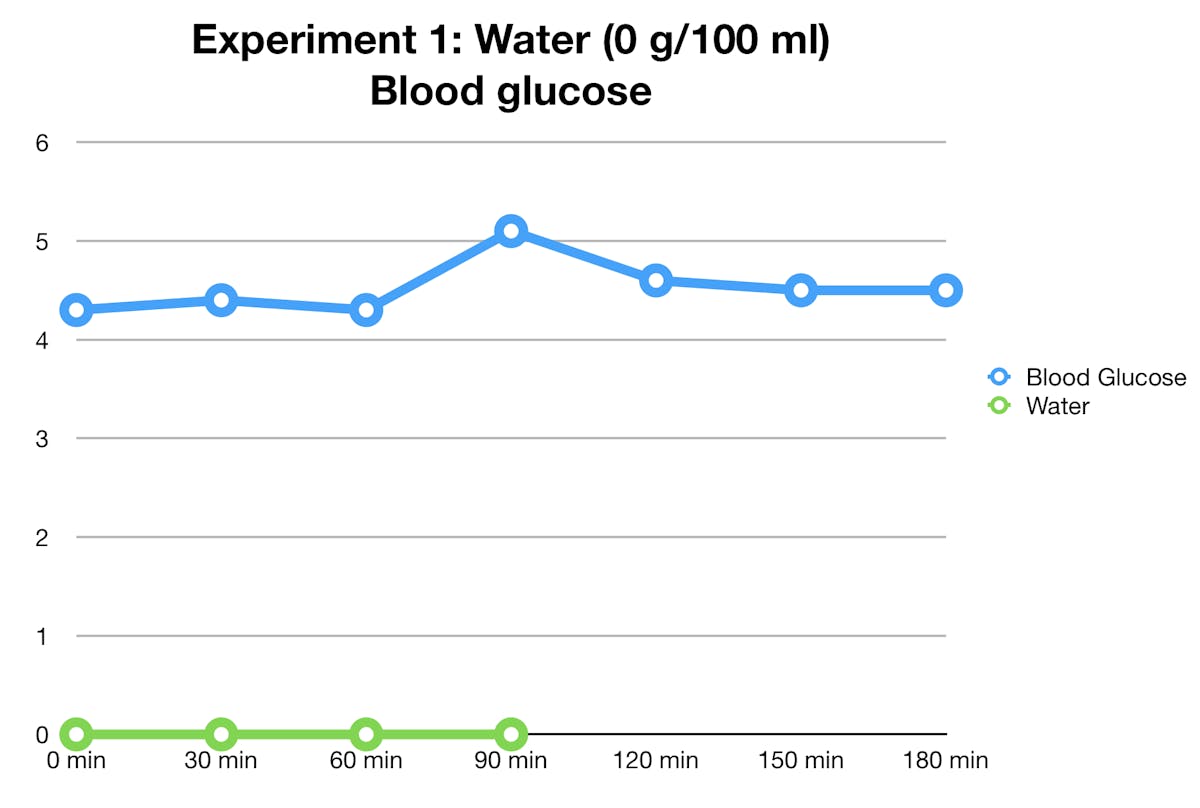
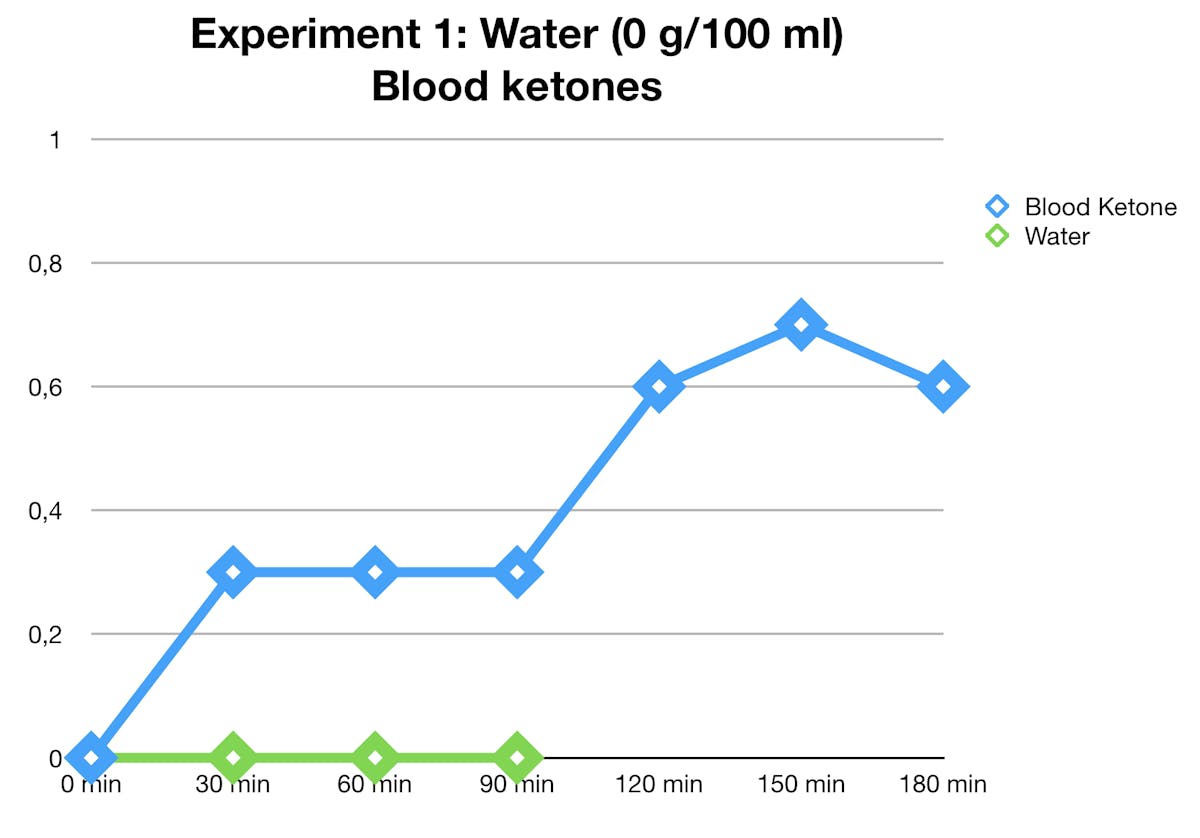

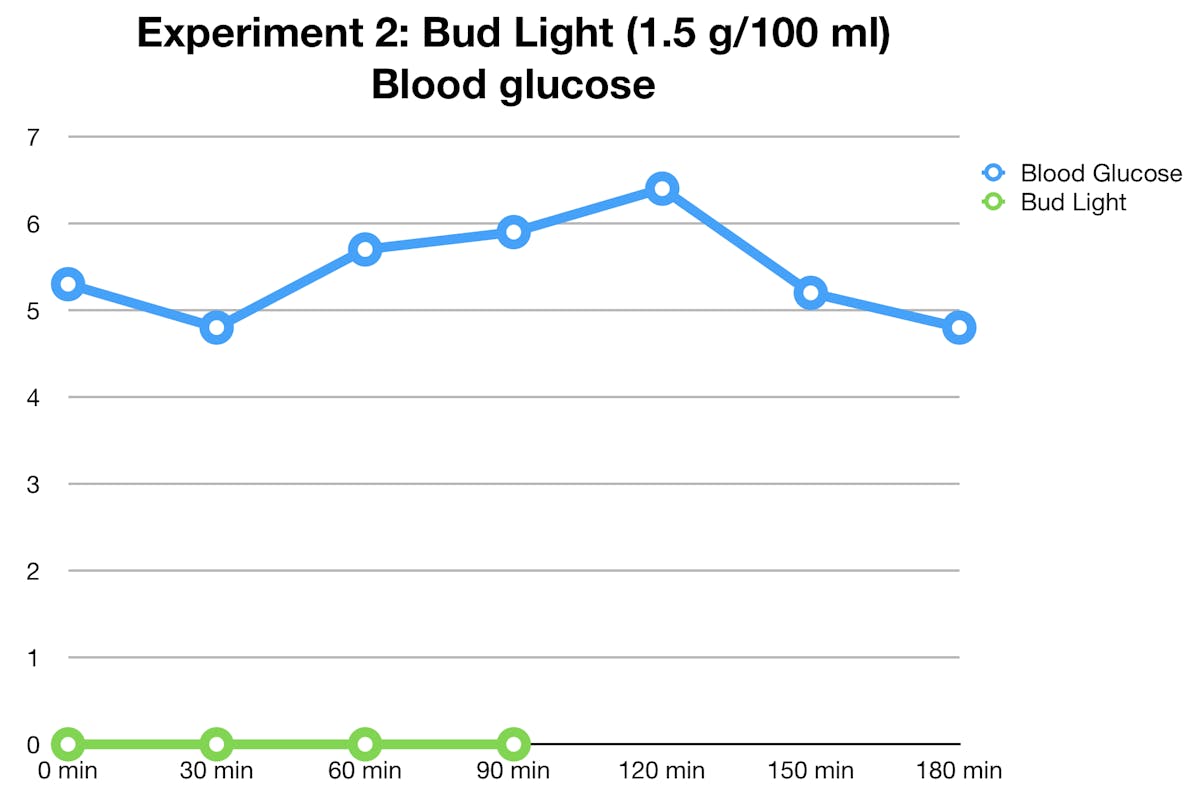
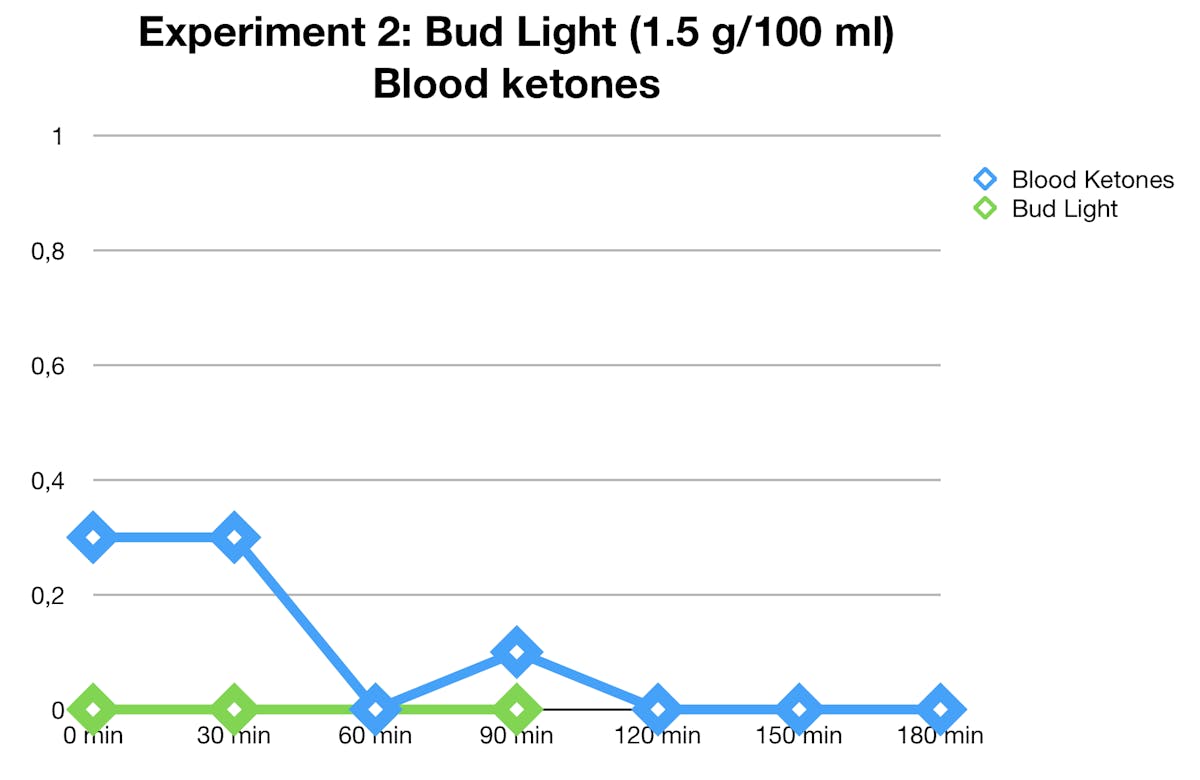

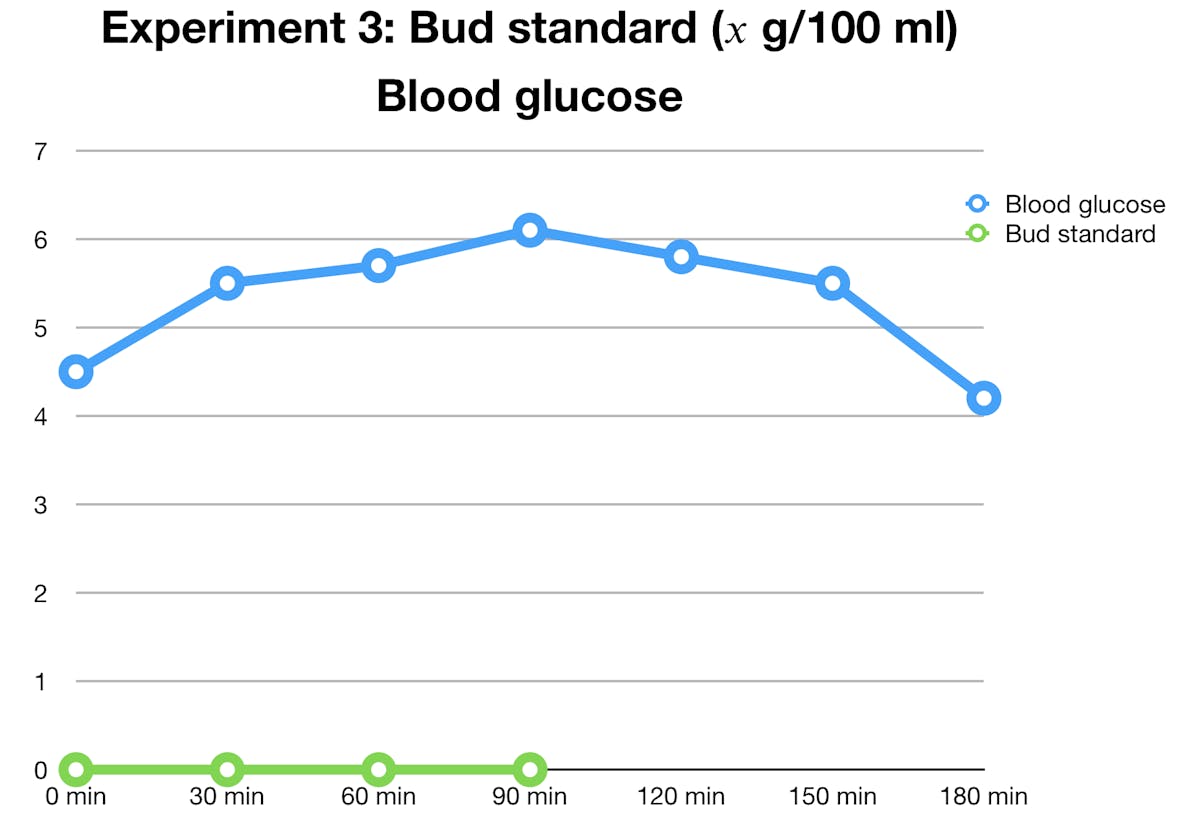
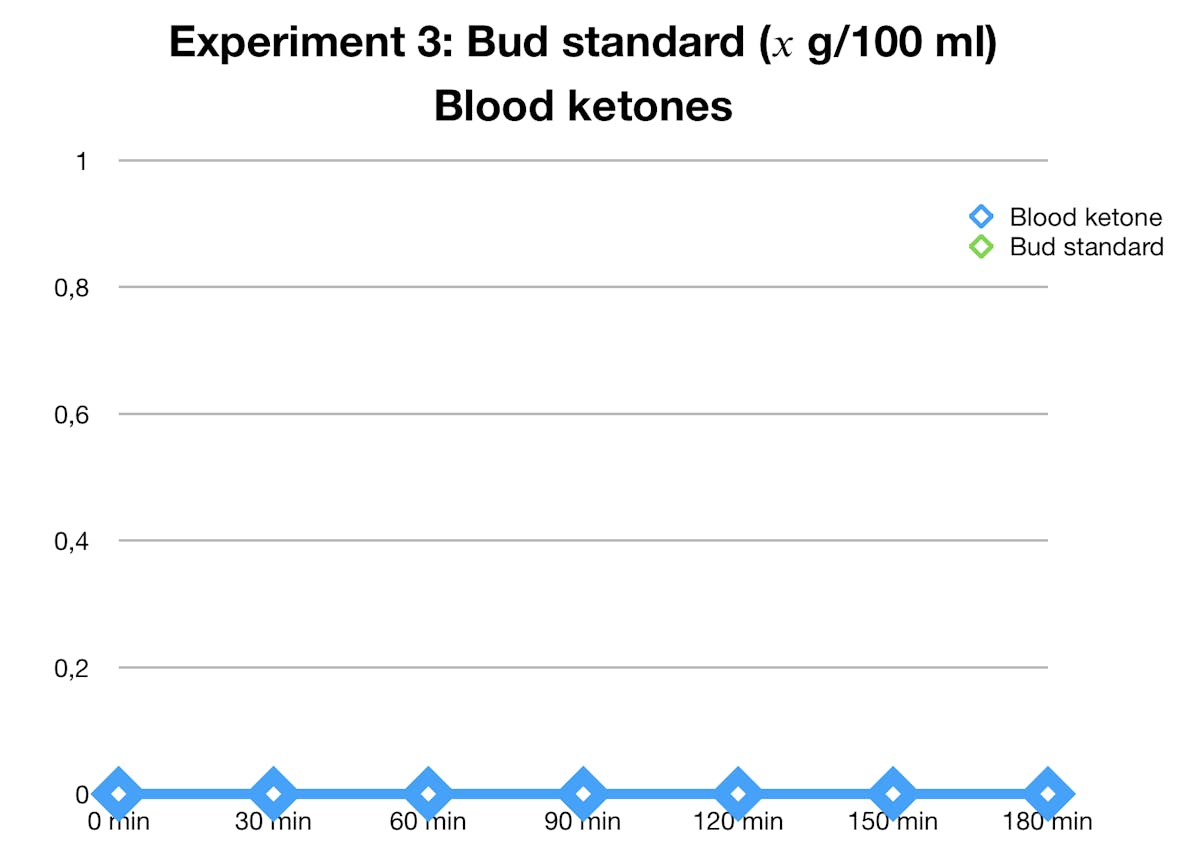
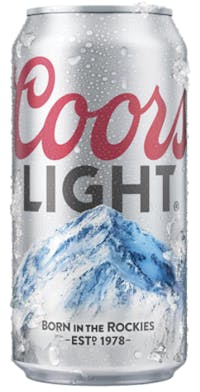
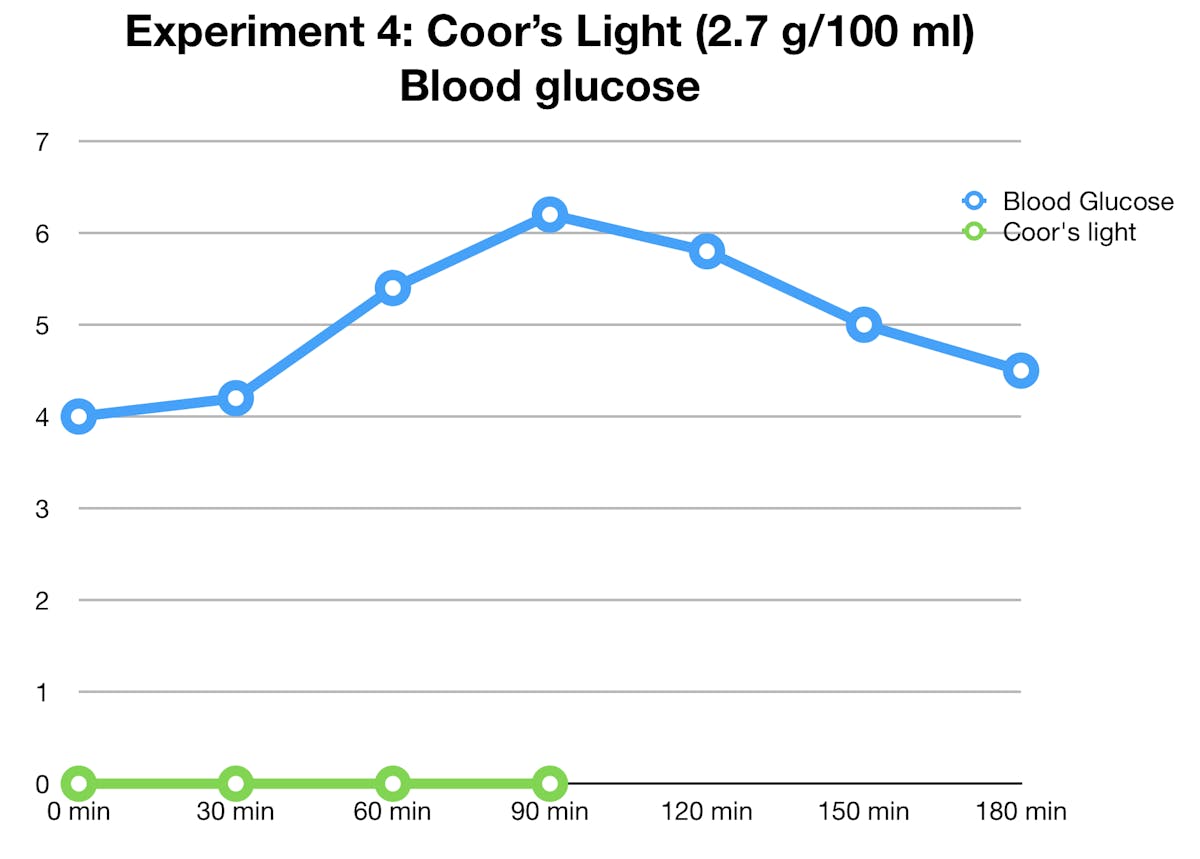
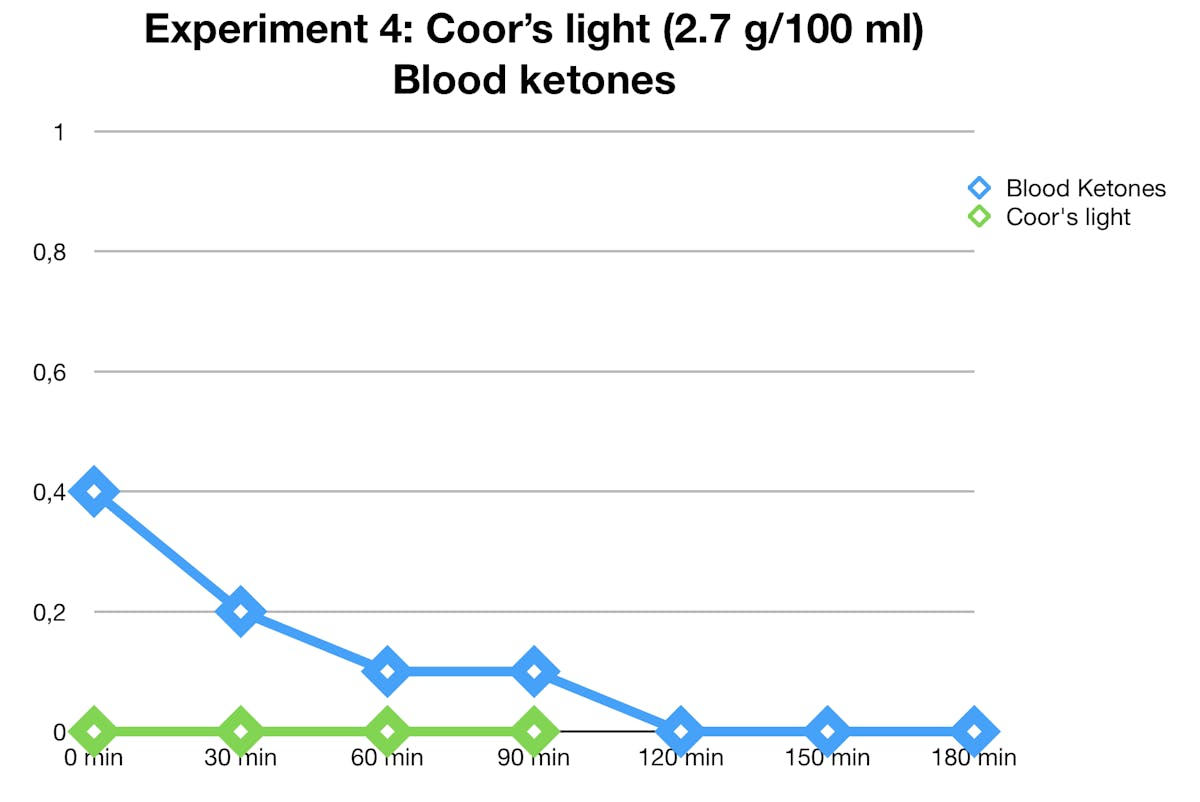

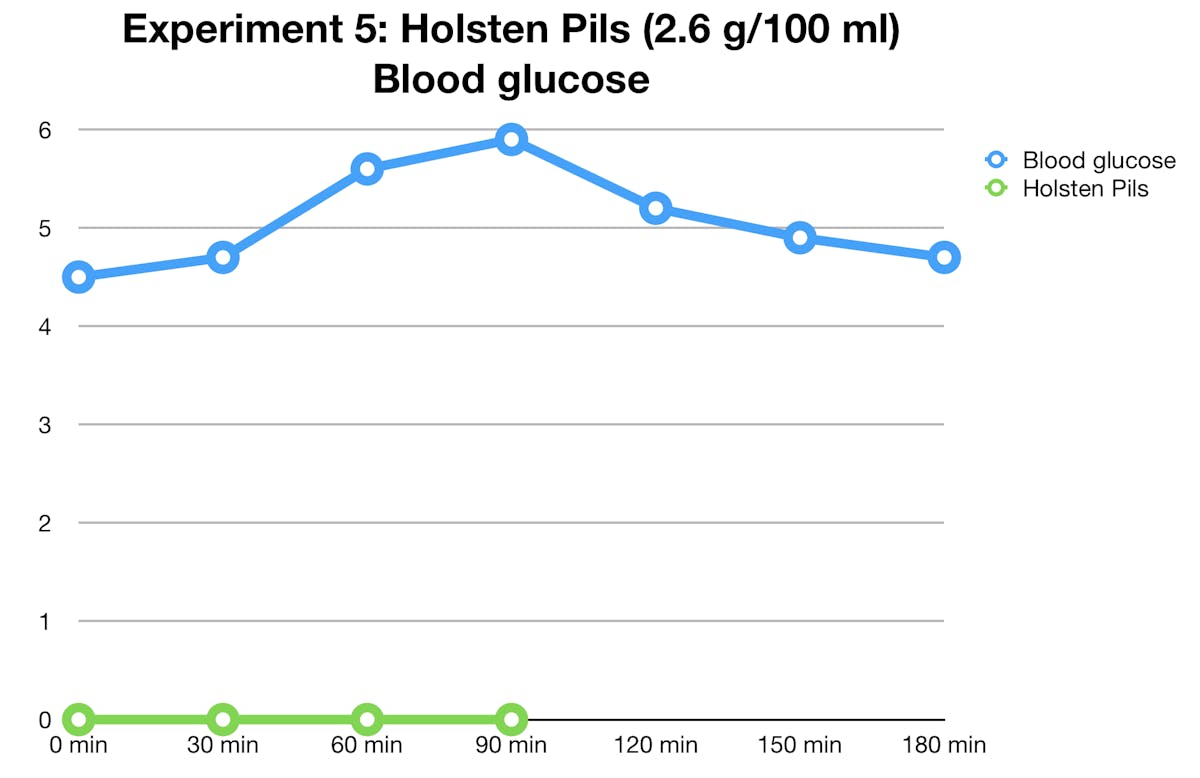
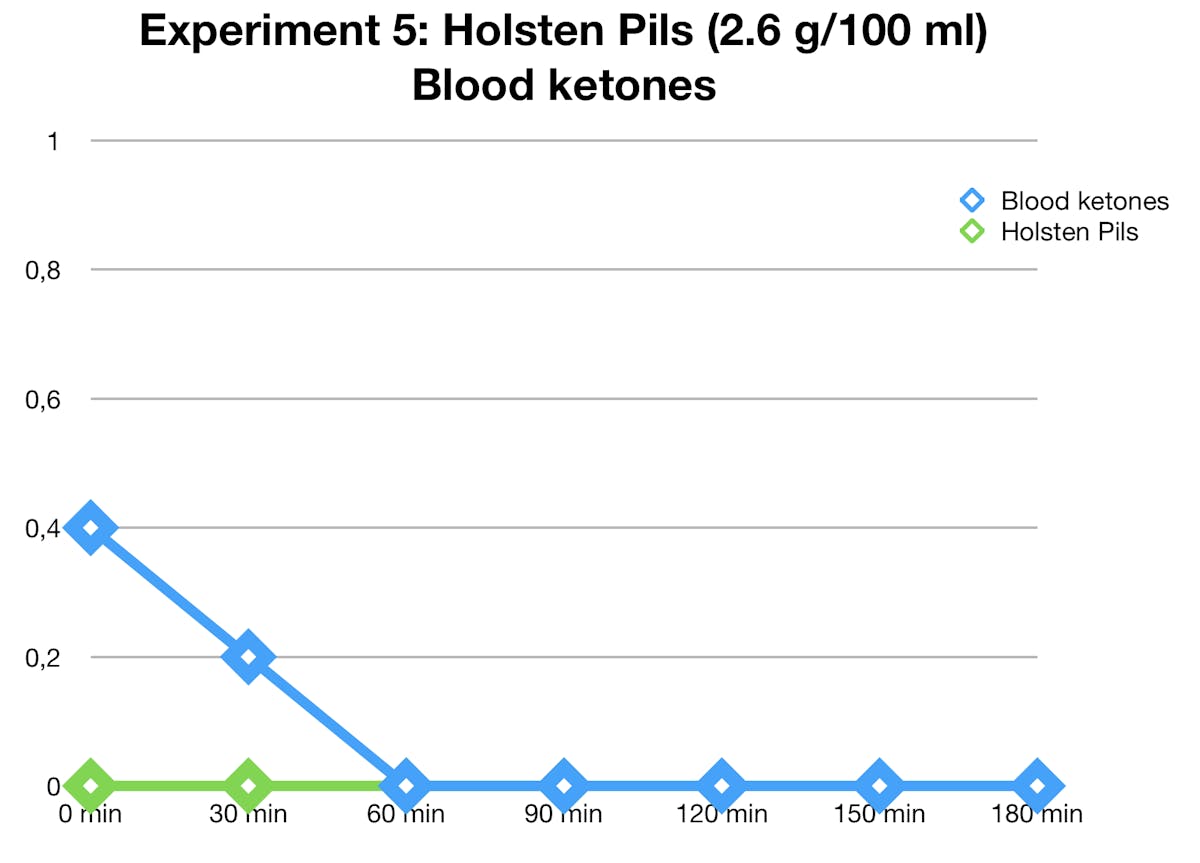

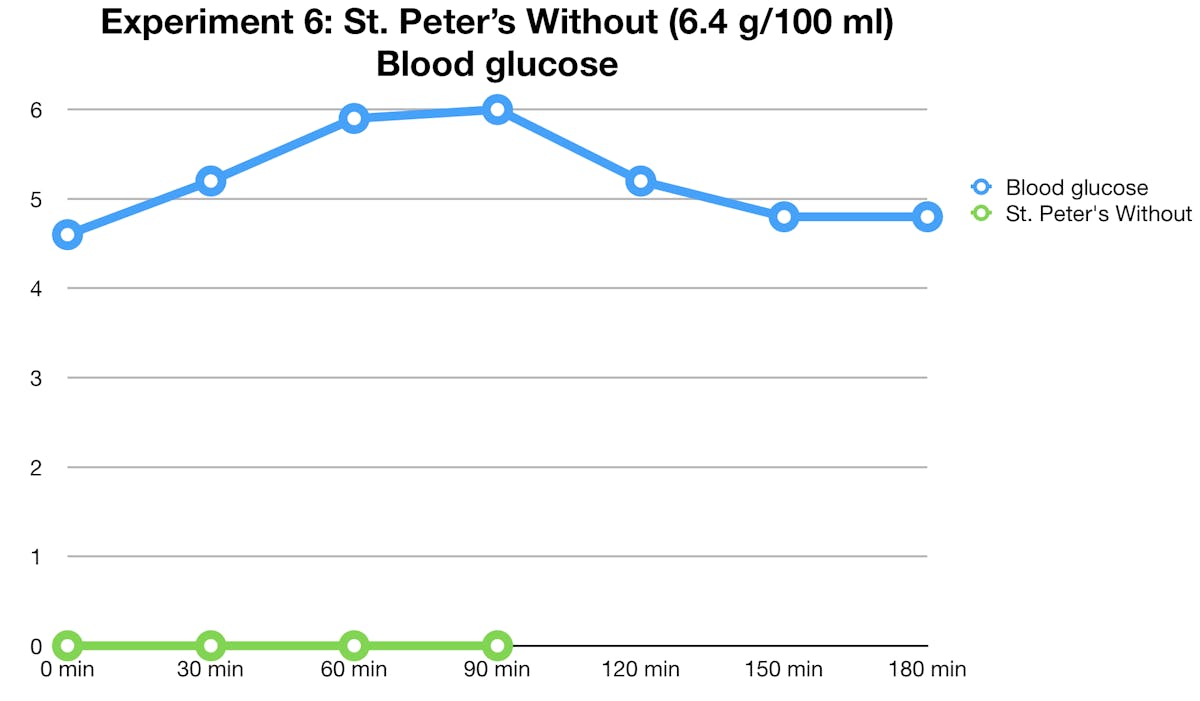
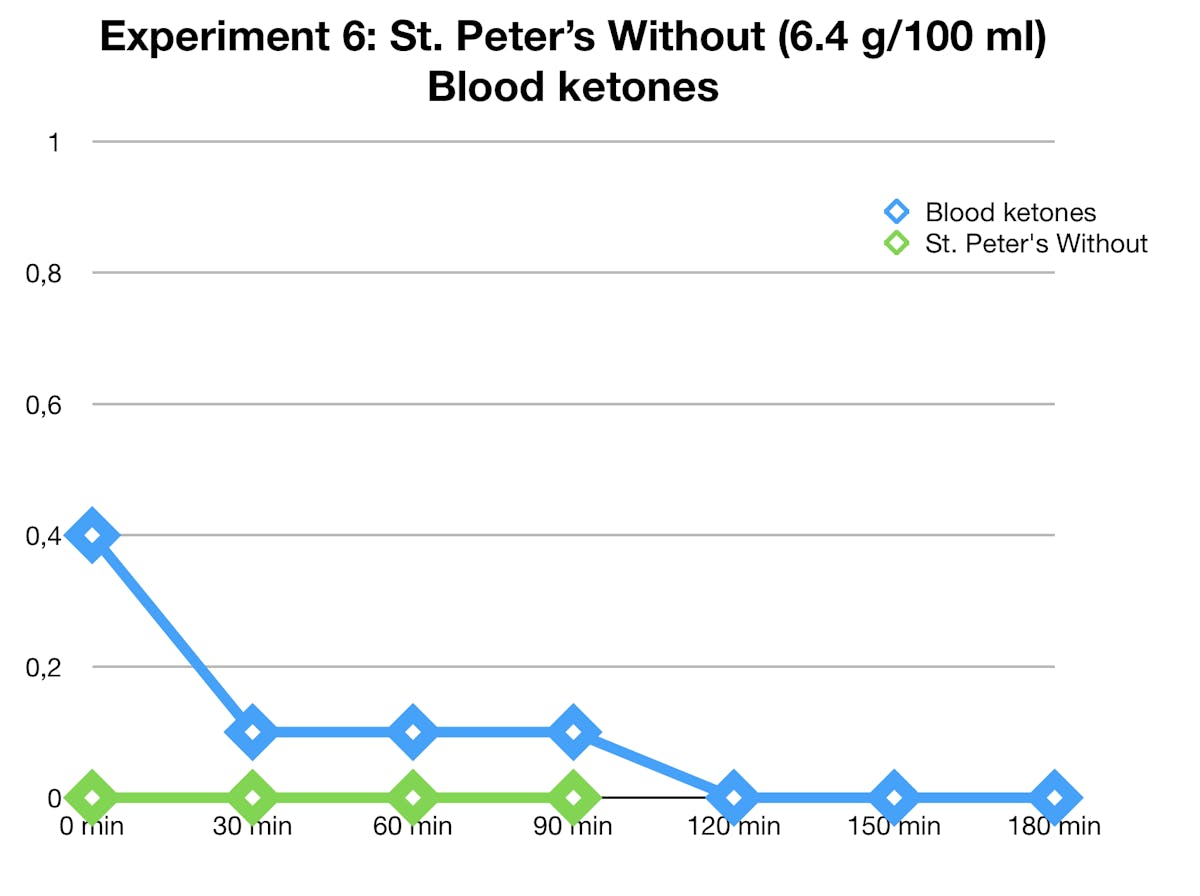
 Keto is fantastic, everyone says. It's a great way to lose weight, improve cognition, and stave off degenerative disease. It may help your performance in the gym and on the track. It could even give Grandpa some respite from Alzheimer's.
Keto is fantastic, everyone says. It's a great way to lose weight, improve cognition, and stave off degenerative disease. It may help your performance in the gym and on the track. It could even give Grandpa some respite from Alzheimer's.


